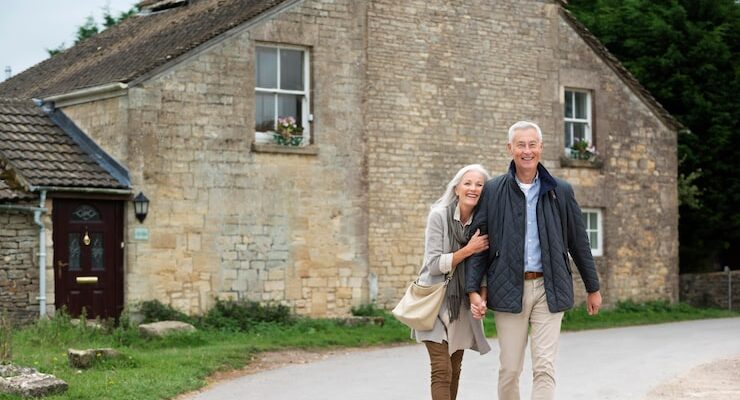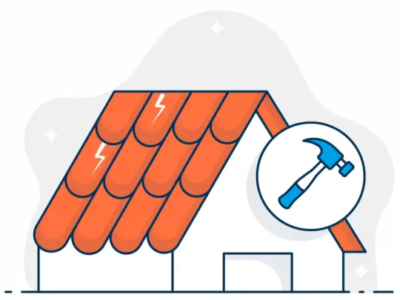In recent years, the popularity of building a granny flat, also known as an accessory dwelling unit (ADU), has grown rapidly across Los Angeles. These compact and functional secondary homes are an excellent way to expand your living space, provide housing for family members, or generate rental income — all without purchasing new land.
If you’re considering adding an accessory dwelling unit in Los Angeles, here’s everything you need to know — from legal considerations to design ideas.
What Is a Granny Flat or Accessory Dwelling Unit?
A granny flat is a small, self-contained residential unit located on the same lot as a single-family home. Also called an accessory dwelling unit (ADU), it can be either attached to the main house, built above a garage, or constructed as a separate building in the backyard.
Granny flats typically include a kitchen, bathroom, bedroom, and living space. Despite their modest size, these units offer complete functionality and comfort.
Why Build a Granny Flat in Los Angeles?
Los Angeles is facing a housing shortage, and the city has responded by making it easier for homeowners to build ADUs. Here are a few reasons why building one makes sense:
- Flexible living arrangements: Ideal for aging parents, young adults, or visiting guests.
- Rental income: ADUs can be legally rented out, offering homeowners a steady revenue stream.
- Increase in property value: Adding livable square footage often boosts the overall value of your home.
- Sustainable living: Smaller living spaces use fewer resources and are easier to maintain.
Legal Requirements and Zoning in Los Angeles
Los Angeles has streamlined the process of getting permits for an accessory dwelling unit, but it’s still important to follow the rules. Here’s what you need to keep in mind:
-
Zoning Laws
Your property must be located in a zone that allows residential use. Most single-family and multi-family zones in Los Angeles now permit ADUs.
-
Lot Size
There is no minimum lot size requirement, but space considerations are still important when planning your granny flat.
-
Unit Size
Detached ADUs can be up to 1,200 square feet, depending on your lot and the size of your main house. Junior ADUs (JADUs), which are built within the existing home footprint, are usually limited to 500 square feet.
-
Setback Rules
Most ADUs must meet specific setback requirements — often 4 feet from side and rear property lines.
-
Parking
In many cases, you are not required to add parking spaces for your ADU, especially if it is located near public transit.
Types of Accessory Dwelling Units
There are different ways to design and build a granny flat, depending on your property layout and needs:
- Detached ADU: A completely separate structure, usually built in the backyard.
- Attached ADU: Shares a wall with the primary home, offering more integration with the main structure.
- Garage Conversion: Converts an existing garage into a livable space.
- Junior ADU (JADU): A smaller unit created within the existing home, usually with a separate entrance and efficiency kitchen.
Each option has its pros and cons in terms of cost, privacy, and ease of construction.

Design and Construction Considerations
When planning your ADU, consider both your short-term needs and long-term goals. Here are some design tips to help you make the most of your granny flat:
- Maximize natural light with windows and open layouts.
- Use multi-functional furniture to save space.
- Plan for accessibility, especially if you’re housing elderly family members.
- Ensure privacy between the main house and the ADU through landscaping or separate entrances.
Hiring a licensed architect or contractor familiar with accessory dwelling unit projects in Los Angeles can help you navigate the process more smoothly.
Permitting and Timeline
The permitting process in Los Angeles for ADUs is faster than in the past, but still requires careful planning.
Steps usually include:
- Site assessment and design
- Plan submission to the city
- Permitting and approval
- Construction phase
- Final inspection and occupancy certificate
The total timeline varies but can range from 4 to 12 months depending on the complexity of the project and permitting times.
Costs Involved
Building a granny flat in Los Angeles isn’t cheap, but it’s often more affordable than other real estate investments. Costs can vary widely based on the size, design, and materials used.
On average:
- A garage conversion may cost between $80,000 and $120,000.
- A detached ADU could cost between $150,000 and $300,000+.
Financing options include savings, home equity loans, construction loans, or special ADU loan programs offered in California.
Conclusion: A Smart Investment for L.A. Homeowners
Building a granny flat or accessory dwelling unit in Los Angeles is more than just a trend — it’s a smart solution for growing families, housing challenges, and property investment. With updated city regulations and growing demand for flexible housing, ADUs are now more accessible than ever.
Whether you’re looking to house relatives, create a home office, or earn extra income, building an ADU can help you make the most of your property — today and for years to come.











Comments